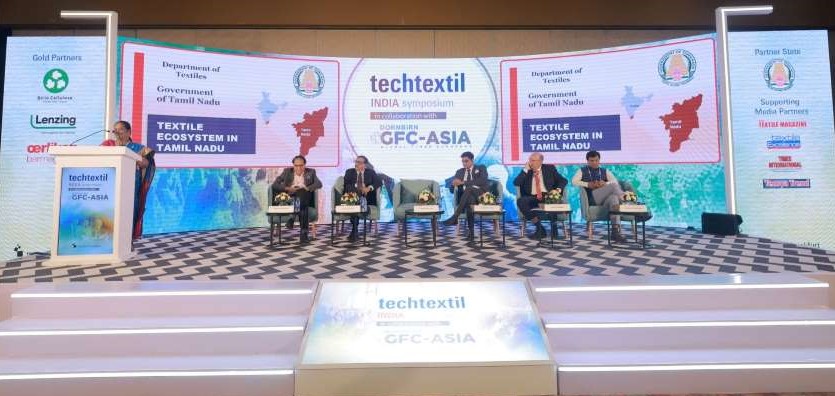The global fashion and apparel industry is set for another "challenging" year, with a projected continuation of low single-digit growth in 2026. This sluggish financial outlook, attributed to persistent macroeconomic volatility and heightened consumer caution, is compelling apparel brands to radically redefine their operating models.
Consumer caution drives value shift
McKinsey & Company analysis indicates that global industry growth will remain constrained, underpinned by exceptionally low consumer sentiment, particularly in the United States, where figures hit lows not seen since May 2020. This caution translates into a fierce consumer shift toward value: over 60% of global shoppers are actively seeking ways to reduce fashion expenses, driving significant growth in the secondhand market. The apparel sector’s response is the "Elevation Game," where mid-market brands are investing in product quality and experience to capture shoppers squeezed out of aspirational luxury segments.
Efficiency unlocked by automation
To counter the growth stagnation and manage rising operational costs, such as the projected 9% increase in clothing prices due to tariffs and supply chain reconfiguration,companies are prioritizing operational efficiency. Artificial Intelligence (AI) is moving from an optional tool to a business necessity for cost control. Generative AI is being deployed across functions like content creation and customer service to drive productivity gains, freeing up resources for innovation. This push for efficiency, rather than pure expansion, is the central plank of the industry’s strategy to navigate the slow-growth environment and emerge as "agile winners."
The State of Fashion 2026 report is an annual strategic analysis produced by McKinsey & Company and The Business of Fashion (BoF), setting the agenda for industry leaders by tracking economic performance, growth sectors , and emerging technological and regulatory shifts.












